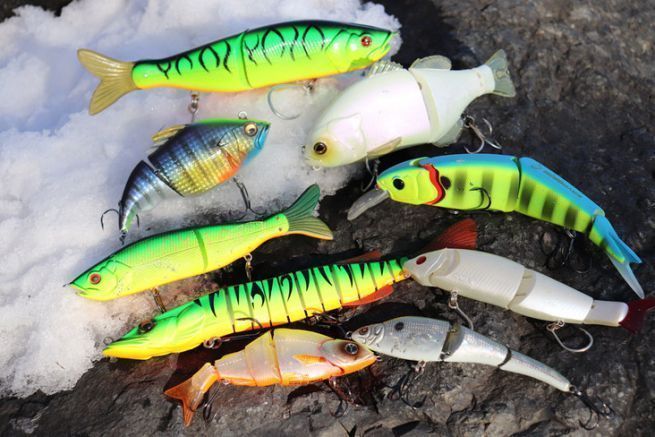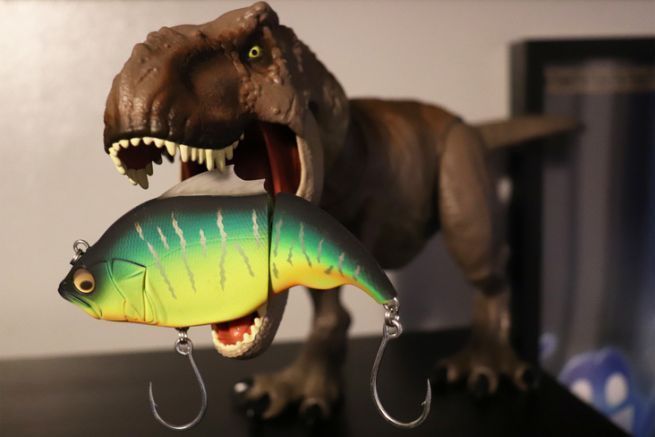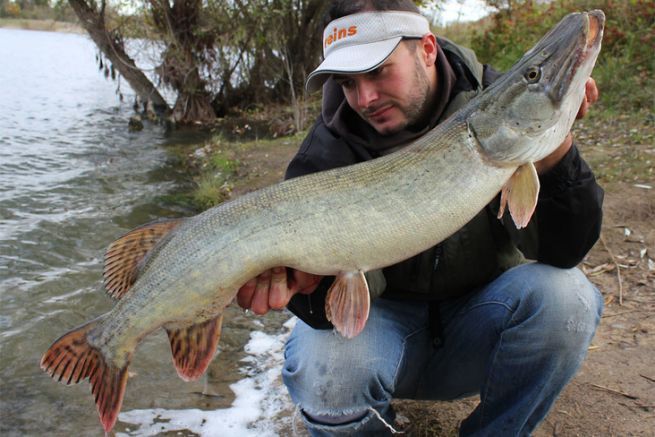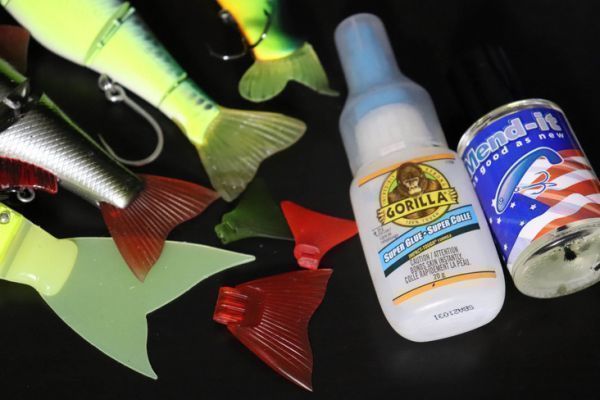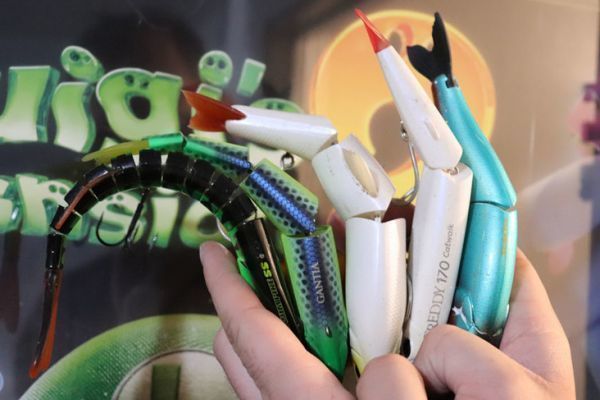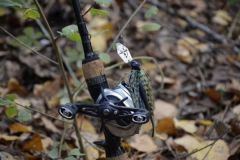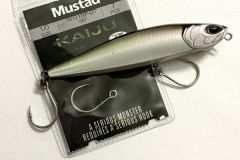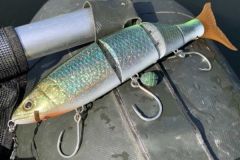The origins
It is in the United States, in California to be precise, that the first big swimbaits were created with the objective of seducing black bass that used to feed on trout. That's why most of the first popular swimbaits, like the Spro BBZ-1, imitated rainbow trout. Japan then developed the concept in its own way, then Europe got involved with lures more suited to our needs, especially for pike on which this practice works very well.
Presentation
A hard swimbait is an articulated hard lure that imitates a swimming fish. They come in different shapes, sizes and weights. Smaller models, under 50 grams, are interesting because they can be used with rods not dedicated to this technique. During light fishing trips, when you only take a rod with you, you can still take some swimbaits with you. Then there are longer and heavier lures, up to 200 grams and more. These will require specific rods which will be discussed in another article.
A different stroke depending on the model
Generally speaking, the more sections the lure has, the tighter it will swim. If it has fewer sections, it will move further away from its retrieve axis. For example, a 2-part lure (called a glidebait) will have a wide S-shaped swim while a 4-part lure will have a straighter swim. In addition, a soft tail or a pronounced rolling action are factors that will make each lure different.

The density
We find the same principles as for other types of lures, namely floating, slow sinking and sinking according to the desired swimming depth. Moreover, it is often possible to adjust the depth of swimming with lead-clips to over-lester the lure, in particular thanks to a ring present under the head on certain models (one can easily place this type of lead-clip at the level of the rings of hooks). An article on the use of the lead-clip is also available HERE .
Stocking up on big lures
To store such lures nothing complicated, large boxes without compartments are well adapted and easily transportable.

In addition to their visual appeal to the angler, it is their effectiveness underwater that is responsible for their growing popularity.

 /
/ 


